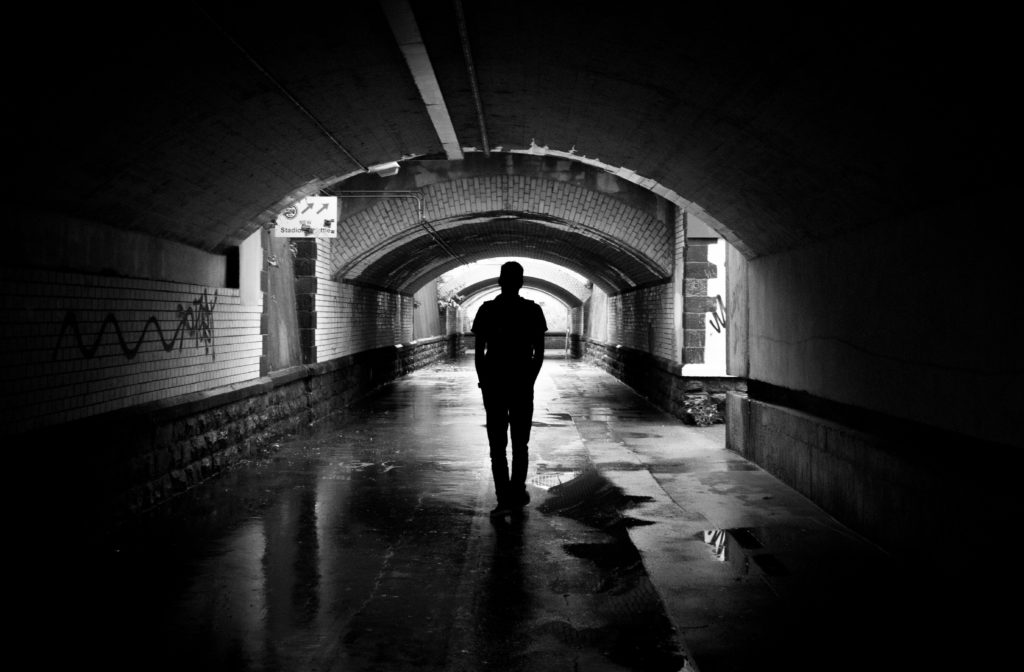
I spent two years as a probation officer in Southern California. Fascinated with the psychology of criminal behavior, I became a psychologist to learn more about it. I studied delinquency for 15 years before turning to leadership—and the two topics have a lot in common. Consensus exists among researchers regarding the psychology of prison inmates, but little is known about successful criminals. People such as Pablo Escobar and Joaquín Guzmán have little in common with burglars and car thieves. In the movie The Godfather: Part II, when Michael Corleone, the head of a New York crime family, negotiates with Pat Geary, the US senator from Nevada, they appear to have a lot in common. The movie reflects our conventional wisdom, but some real data would be instructive. Recent Aarhus University research on personality in organized crime may provide some answers.
The Research: Personality in Organized Crime
To examine the role of personality in organized crime, Danish researchers Oluf Gøtzsche-Astrup, Bjarke Overgaard, and Lasse Lindekilde tested a sample of 57 verified members of organized criminal groups (e.g., the Hell’s Angels) in Denmark, none of whom were incarcerated, using a comprehensive assessment battery: the Hogan Personality Inventory (HPI), the Hogan Development Survey (HDS), and the Motives, Values, Preferences Inventory (MVPI).1
These well-validated inventories have been used to assess more than one million managers and executives in some of the best-known corporations in the world. The HPI concerns personality characteristics that are associated with career success, the HDS concerns personality characteristics that tend to damage careers when overused, and the MVPI concerns values and career aspirations.
Research shows that organized criminal groups, like other human collectives, provide a sense of shared social identity and belonging to people who are unable or unwilling to join more mainstream groups. Furthermore, qualitative research on criminal careers points to the role of status attainment in drawing young men into criminal groups. Such groups seem to serve the same psychological functions as other politically extreme organizations and may attract similar individuals. Belonging to extreme groups provides members with a sense of meaning and identity and opportunities for status attainment that might not be available in mainstream society. This is the context in terms of which the assessment data should be interpreted.
The Personality Data: Who Are Gang Members?
The MVPI evaluates values and interests associated with career aspirations. The sample of members of organized Danish criminal groups received high scores for the Security, Hedonism, Commerce, and Power scales, indicating that, as a group, they value money, status, and fun delivered on a predictable basis. In terms of core values, they resemble any group of middle managers or venture capitalists in their desire for “the good life.”
The scales of the HDS concern behavioral tendencies that promote career success at moderate levels but can be dysfunctional when overused. The sample of Danish gang members have high scores for all the HDS scales. I would interpret their overall profile as highly adaptive in the context of their career choice: they are wary and alert for threats and signs of betrayal (cynical and not naïve), and they are willing to act if such threats materialize. In addition, they have good social skills and a colorful interpersonal style. Perhaps the most interesting aspect of their HDS profile are their high scores for Diligent (attention to detail and high standards of performance) and Dutiful (respect for authority). In terms of their action orientation and respect for hierarchy, the sample resembles special forces military or mercenary soldiers. In terms of their interpersonal style, they resemble politicians or venture capitalists.
The MVPI and HDS scores for this sample suggest the group has a lot of career potential that is not being realized in conventional terms. Their scores on the HPI suggest an explanation. The overall HPI profile is low, with the average score at the 28th percentile. By themselves, these low HPI scores would indicate social incompetence, but the HDS shows that the sample has substantial social skill. I interpret the low HPI profile as indicating that the members of the group feel alienated and estranged from the normal roles and rules of mainstream society. They want the same career outcomes—money, status, and fun—but they reject the socially accepted means for attaining those outcomes. Among the socially accepted means they reject is education; they have no interest in education and may lack the talent to pursue it. Finally, the members of this group have adopted a self-presentation style intended to signal their chosen lifestyle, and their rejection of normative social roles and behavior, which are in fact arbitrary.
The Connection to Leadership
People evolved as group-living animals. The three big goals in life concern finding social support, acquiring status, and developing a sense of meaning and purpose. People satisfy these needs through their membership in groups: families, communities, churches, political parties, etc. For many poor working-class boys, membership in an organized crime group is a rational choice. But successful performance in those groups requires many of the same characteristics as successful performance at organizations like Apple or Amazon.
This blog post was authored by Hogan’s founder and president, Robert Hogan, PhD.
Reference
- Gøtzsche-Astrupa, O., Overgaard, B., & Lindekilde, L. (2022). Vulnerable and dominant: Bright and dark side personality traits and values of individuals in organized crime in Denmark.